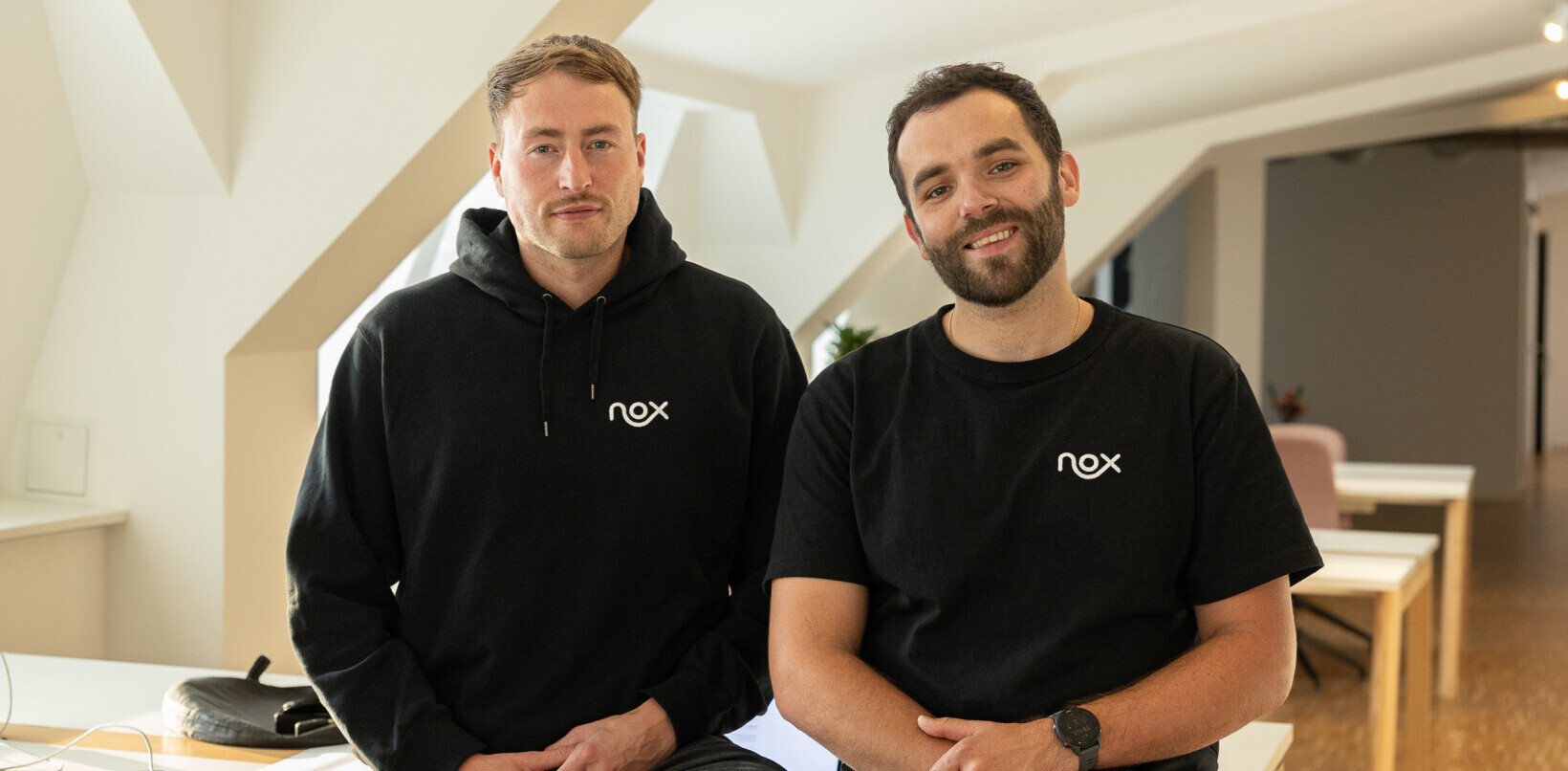
As an entrepreneur, you probably already know that it’s important to keep an eye on the competition. You want to continually analyze what they’re doing in order to learn from their approach and understand where you can stand out.
But over my 15 years of building startups, my co-founder and I have found a better strategy is to cozy up to the competition — even befriend them.
I know this approach can seem counterintuitive, but it was critical to the success of our last business, Imagine Easy, and is the same playbook we’re following with our current one, classic games, and brain training app Solitaired.
Not convinced? Well, let me walk you through the short-, medium- and long-term benefits we’ve seen from this strategy — and how easy it is to put into action.
Long-term: Acquisition opportunities
A major goal of befriending the competition is to set up a future opportunity to acquire them.
Time and time again in scaling companies, I’ve found that acquisition is an effective tool to build market share, gain new technologies, and grow a customer base. Moreover, you’re no longer allocating resources to fend off the competition, and instead, their success becomes yours.
While you may see competition as someone you need to beat at all costs, if one of your goals is to be acquisitive, it doesn’t make sense to have an acrimonious relationship.
We don’t go into a relationship or conversation with an agenda to be duplicitous or to get a competitive leg up. Instead, by building good relationships over time, our company becomes the first they reach out to when they’re ready to sell.
On top of that, we’re able to negotiate very friendly terms, often accretive to our business, because they already know and trust us.
Medium-term: Potential partnership or revenue sources
In the interim, befriending your competitors can provide you a lot of opportunities to collaborate. If you both have common goals, could you achieve them better together? To expand your footprint, you need to either find ways to take traffic away from competitors, target new customers, or as an alternative, partner with to expand the pie together.
Your competitors may look at your outreach and the ideas you bring forward incredulously. Instinctually, they might think you have alternative goals.
For instance, at Imagine Easy, we had one competitor who was very skeptical when we reached out to him, and it seemed unlikely we would ever be able to acquire that company.
However, we noticed a way he could be making a lot more money using some proprietary ad technology we had built, so we approached him about a partnership in which we would help him monetize his site and he would give us a cut.
We started with a one-month trial where we increased his revenue 5x and over a 5 year period we turned this into meaningful cash flow that we were able to reinvest in our main business.
In the end, it helped that founder make enough money to retire. And when he was ready to sell, we were able to buy on friendly terms because he was so thrilled with the work we had done.
Short-term: Less animosity and more information sharing
Even if there isn’t a clear opportunity to work with a competitor, I always tell people that it’s still good to build the relationship because, in doing so, your competition might become a little less competitive.
It’s a very core human behavior: just by viewing each other as people instead of as a faceless enemy, you have more goodwill towards one another.
This isn’t to say you’ll completely lose your competitive edge, but maybe instead of copying strategies or stealing features, you’ll both look for other ways to differentiate yourself without undercutting each other.
Additionally, you can even share information that would help you both (without hurting your business). For instance, when we noticed that Solitaired was seeing a dip in traffic, we were able to check with a friendly competitor to confirm that it was a seasonal trend they were also experiencing. As result, we were able to avoid deep-diving into site performance to understand if there may be an issue with our platform.
Opening positive communication channels with competitors is more beneficial than most realize. In one instance, a competitor told us about a technology to monetize ad-block users which increased our revenue by more than 5%.
More importantly, though, a good relationship with a competitor has the unintended side effect of pushing you to think outside the box.
How to build competitor relationships
So how do you actually become friends with your biggest competitors? I start by reaching out and being complimentary, sharing that I like what they’re doing, and offering to be of help in any way I can.
I find often in building these relationships, I have to give a little before a competitor will open up. So I’ll often share basic things that might help them — general industry insight, high-level strategies that have been working well, or new technologies I’ve noticed in the space.
In one instance, I shared insights from a successful conversion rate optimization test, which I knew could be helpful to them but not harm us at the same time.
Finally, I always frame these conversations around our common goals. Could we do more or accelerate our missions together? That type of aspirational messaging always builds towards a strong long-term relationship.
This approach might seem counterintuitive at first, and it’s not going to lead to results overnight. It’s a long-game strategy but it’s one I continue to pursue because the benefits can be game-changing.
Get the TNW newsletter
Get the most important tech news in your inbox each week.




